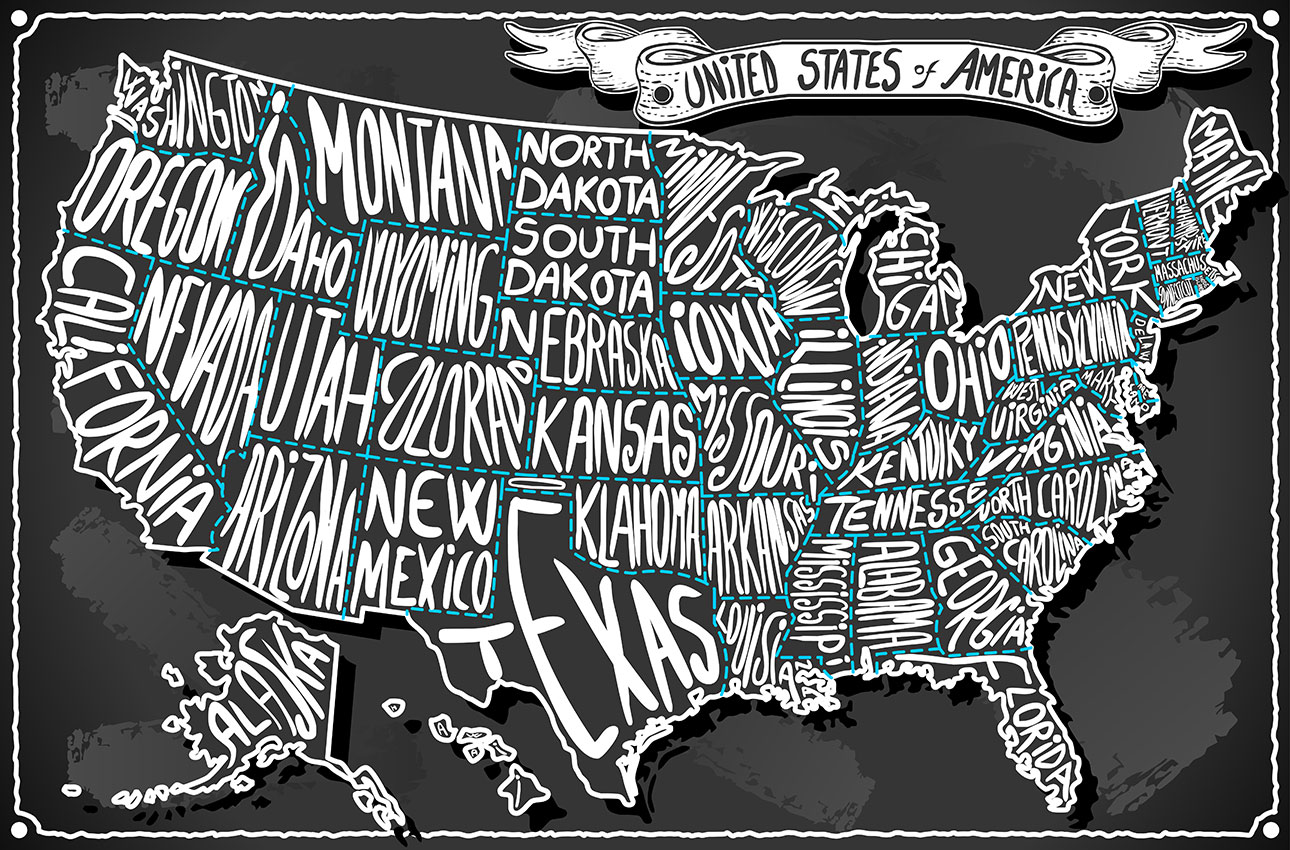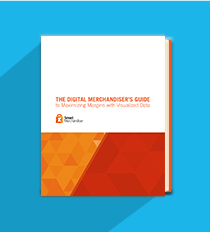
Although shopping trends have changed significantly during the past 10 years, the importance of personalizing the shopping experience for customers hasn’t. With today’s consumers doing a larger portion of their shopping online, eCommerce retailers are facing the challenge of translating aspects of the customer service experience into the digital realm.
But as it stands, many digital merchandisers are not personalizing the user experience for their site visitors. Imagine walking into the cereal aisle of a grocery store when an employee asks if he can help you find anything. You say you’re looking for oatmeal, and he responds by saying, “Let me help you find a pork chop.”
This, unfortunately, is the experience that many online shoppers face when they log in to their computers to shop — shopping suggestions and an overall user experience that do not take their unique needs into account. And because of this, digital merchandisers are losing customers and missing out on revenue opportunities.
But it doesn’t need to be this way.
For digital merchandisers who apply the principles of me-tailing with geolocation personalization, they are able to attract and retain more customers by delivering the relevant shopping experience consumers are looking for.
Me-tailing
So, what is me-tailing? Me-tailing is digital retailing that takes into account the customer’s needs, styles, and contextual circumstances — such as location — when planning out the online shopping experience.
Customer experience expert, Shaun Smith, explains me-tailing as a way of “personalizing the retail experience and focusing in on the individual.”
For example, by identifying a website visitor’s IP address, digital retailers can recognize the speed of a visitor’s connection, which can help retailers identify which visitors to serve rich-media content.
In addition, the IP address provides location information for the visitor that can be key to providing them with a relevant shopping experience.
Geolocation Personalization
Consider the case of an online retailer displaying bikinis to a website visitor from Montana in December. While that shopper might be interested in finding the perfect two-piece for their upcoming vacation, the chances of that visitor actually shopping for winter jackets is probably higher.
Strategic online merchandisers can use a visitor’s geolocation data to deliver dynamic content that’s personalized to meet the visitor’s needs. This personalization creates a shopping experience where customers are more likely to find the products they need and want more quickly and easily. And this, of course, leads the way for improved customer service marks.
For more information on how to personalize the shopping experience on your site, download The Digital Merchandiser’s Guide to Maximizing Margins with Visualized Data eBook today to learn more!


